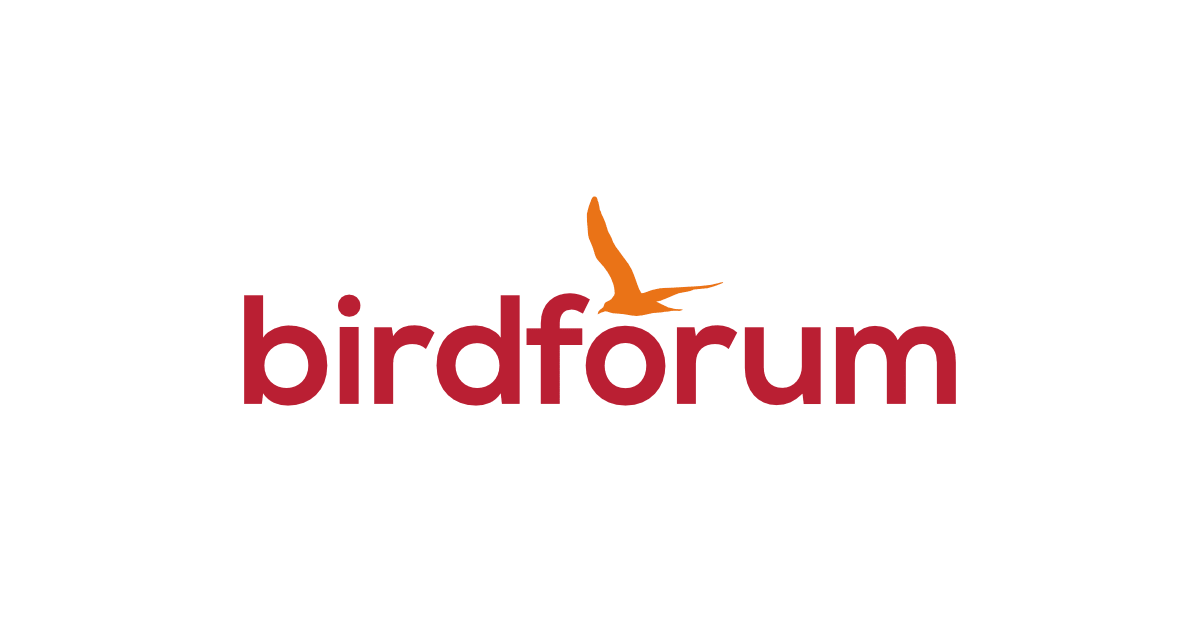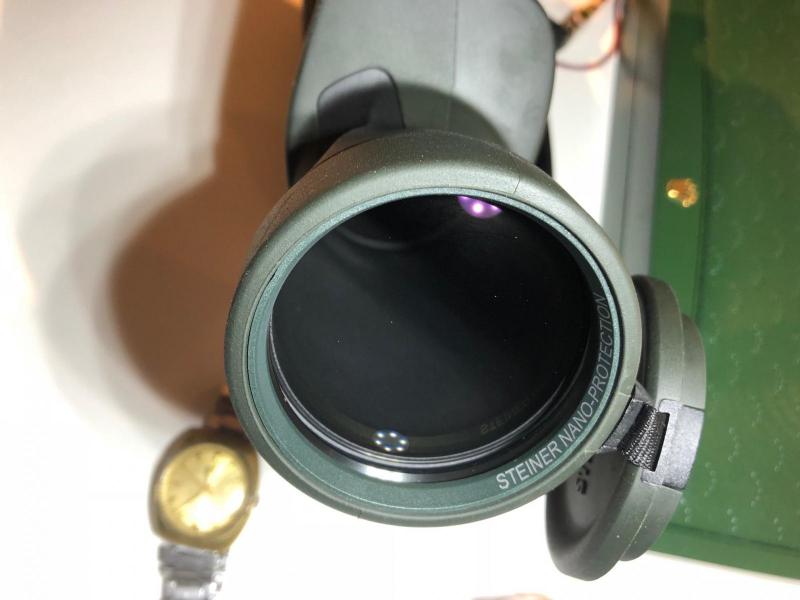I own an HRWP and the 8x32 SRGA.Opticron used to market a range of porros - the SR GA which included a 12.5 x 50 and a 9-22 × 50. The last survivor is a cute little 8 x 32. I think also a 7 x 50 was around for a while. They developed from the HR WP range. I can't find an old brochure page at the moment.
Nikon 7 x 35 Action EX is described as waterproof..... a lovely affordable porro unit.
The HR WP is unusual in being an internal focus Porro - so has the same advantage that roof prisms have as regards waterproofing. It also has good eye relief so is perhaps the sort of modernised Porro being suggested (and I think was suggested) earlier in this thread. The SRGA is a high quality but non-waterproof conventional Porro and as far as I know an unrelated design.
I think both are very good and there are lots of positive comments in older threads.















